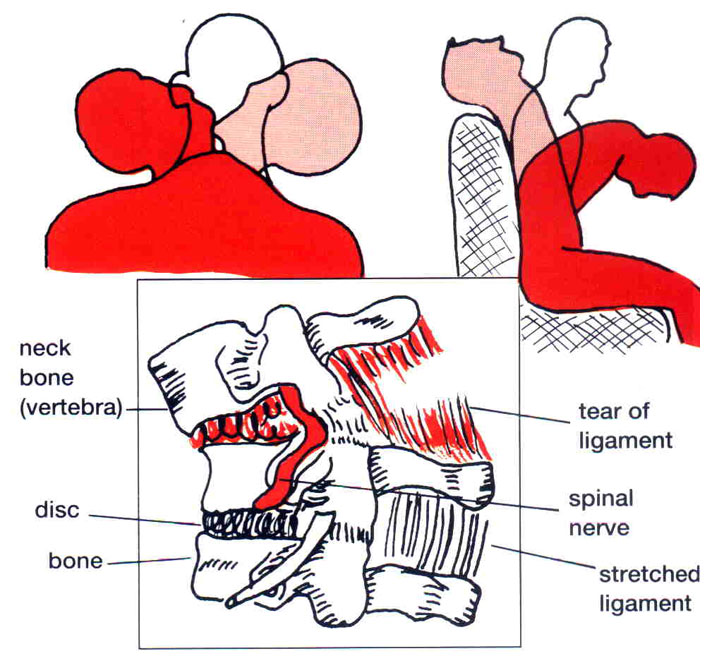
When most of us think about heart health and warning signs of heart trouble, we usually focus on symptoms involving the chest, not the legs. However, chronic leg pain may signal peripheral artery disease, a condition that shares a common cause with heart disease: hardening of the arteries.Atherosclerosis, or hardening of the arteries, is the primary cause of peripheral artery disease, or PAD. As we age, fatty deposits of excess cholesterol and calcium – also known as plaque – build up in the arteries. Over time, these fatty deposits accumulate, narrowing the blood vessel. Blockages develop, or the arteries stiffen, making blood flow difficult. this can happen not only to the arteries close to the heart, but also, in other locations of the body. when arteries in the leg become blocked, they cannot deliver sufficient blood and oxygen to the body’s extremities. this causes the legs to ache or feel numb.PAD increases the risk for heart attack, stroke and transient ischemic attack (TIA, also known as a “mini-stroke”). if left untreated, PAD can sometimes lead to severe infection or gangrene, the deterioration of leg tissue; and possible amputation of a leg or foot.Peripheral artery disease affects 8 to 12 million people in the United States – one in 20 Americans over age 50, and one in three people over age 70. Risk factors include advanced age (most cases are diagnosed after age 50); obesity; high blood pressure or high cholesterol; and a family history of PAD, heart disease or stroke. People who smoke or are diabetic have an increased risk because these two conditions reduce blood flow.the most common symptoms of PAD are cramping, pain or fatigue in the hip, thigh or calf areas when walking or climbing stairs. Pain occurs because working muscles require increased blood flow. when you stop moving and are at rest, the pain may go away – then return when you become active again. your legs may also feel numb or unusually cold. in more advanced stages of PAD, leg pain may not go away, even when resting, and it may occur at night, causing disruption in sleep. other symptoms may include:• Sores that do not heal• Shiny skin, or skin that is a different color, on the legs• Slow hair growth, or hair loss, on the legs and feet• Slower toenail growthDon’t assume that leg pain and cramping are normal aches and pains associated with aging. Discuss any unusual symptoms with your doctor. PAD can be simply and painlessly diagnosed through a physical exam, blood tests or ultrasound. your doctor may also use a common diagnostic test called an ankle-brachial index (ABI), which compares the blood pressure in your ankle with the blood pressure in your wrist using a blood pressure cuff and ultrasound imaging.Detected early, PAD can be treated with lifestyle changes such as a healthy diet, quitting smoking, and regular exercise (at least 30 minutes a day, three times a week). the disease can also be managed through medication (to control blood pressure, lower cholesterol or reduce blood clotting) or surgery, such as angioplasty to widen the blood vessel, or bypass surgery. since PAD is an early marker for heart disease, it’s important that your doctor check for that, as well.your doctor may refer you to a vascular specialist for further treatment. Treatment goals aim to alleviate pain so that you can stay active, and to minimize future risk of a heart attack or stroke.Editor’s note: this article was written and provided by Edward Pavillard, DO. Dr. Pavillard is a member of the active medical staff at Pottstown Memorial Medical Center, department of surgery. He is a graduate of Philadelphia College of Osteopathic Medicine. He completed a residency in general surgery at mercy Suburban Hospital and served a fellowship in vascular surgery at Mercy Suburban Hospital. Dr. Pavillard is board certified by the American Board of Surgery. His practice is located at 420 W. Linfield-Trappe Road, Suite 1100, Limerick.
- Return to Paging Mode